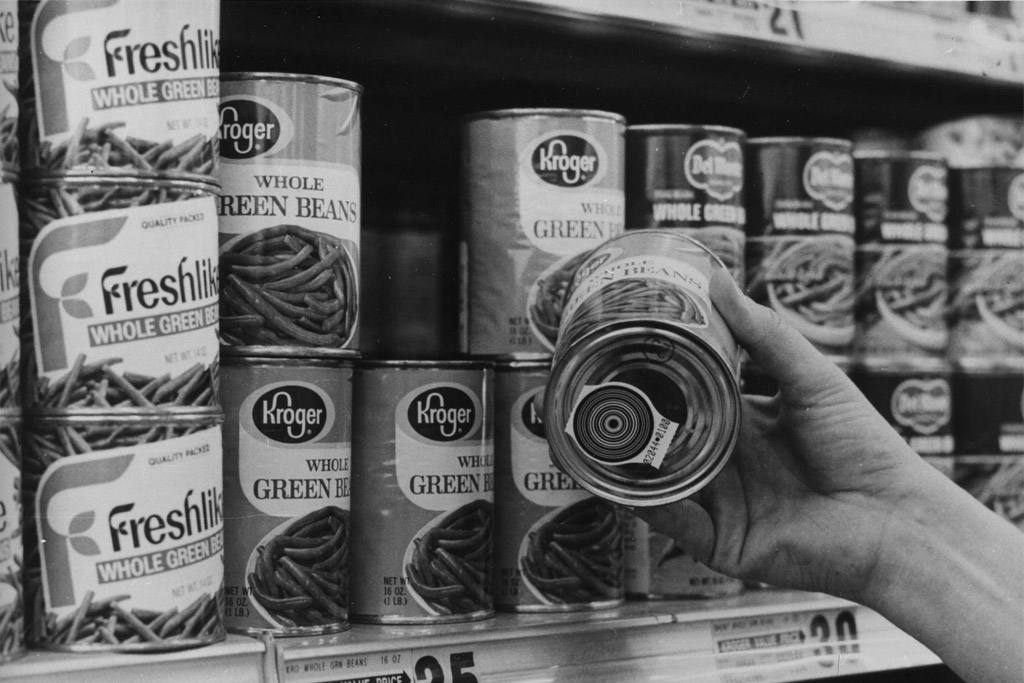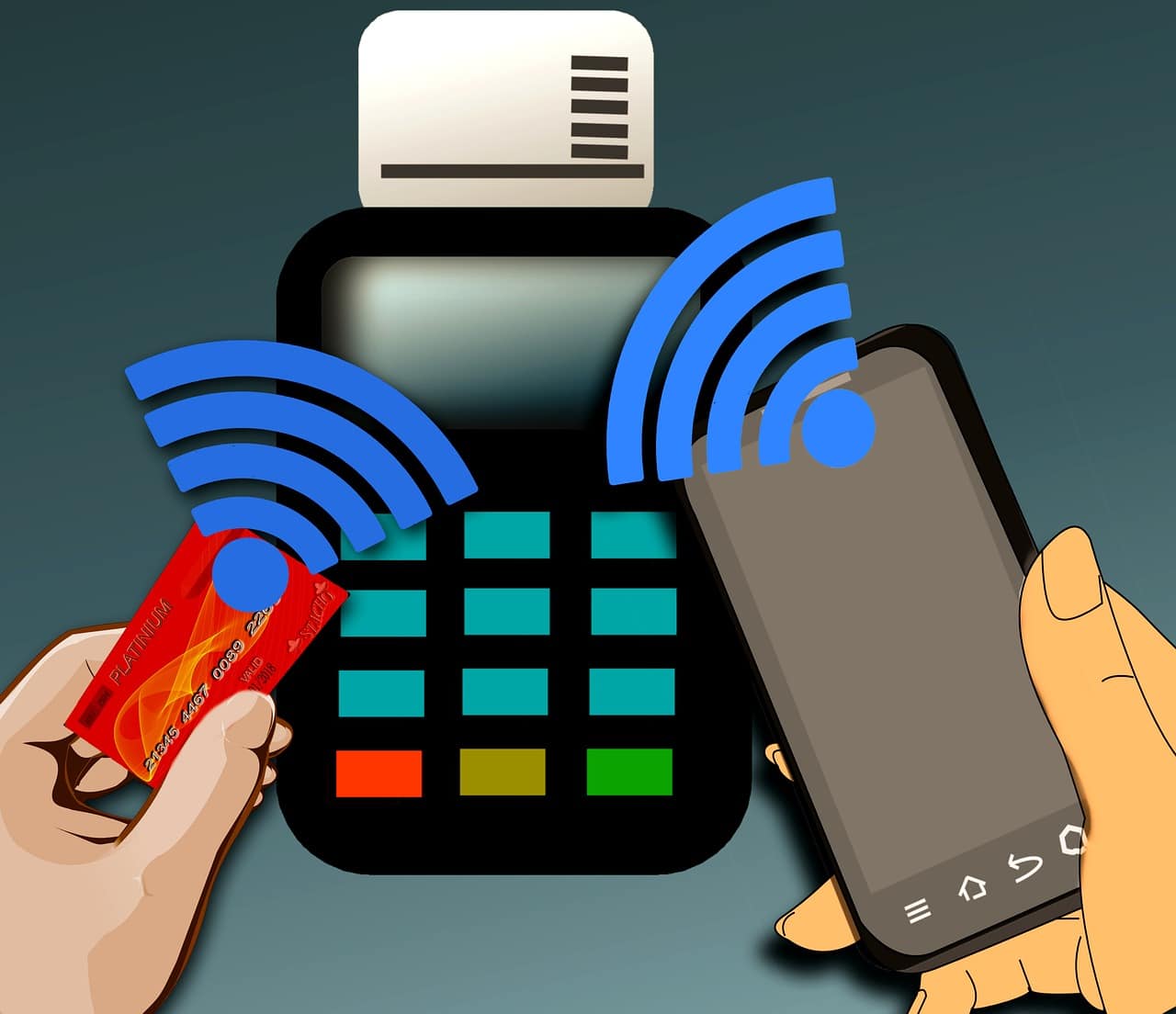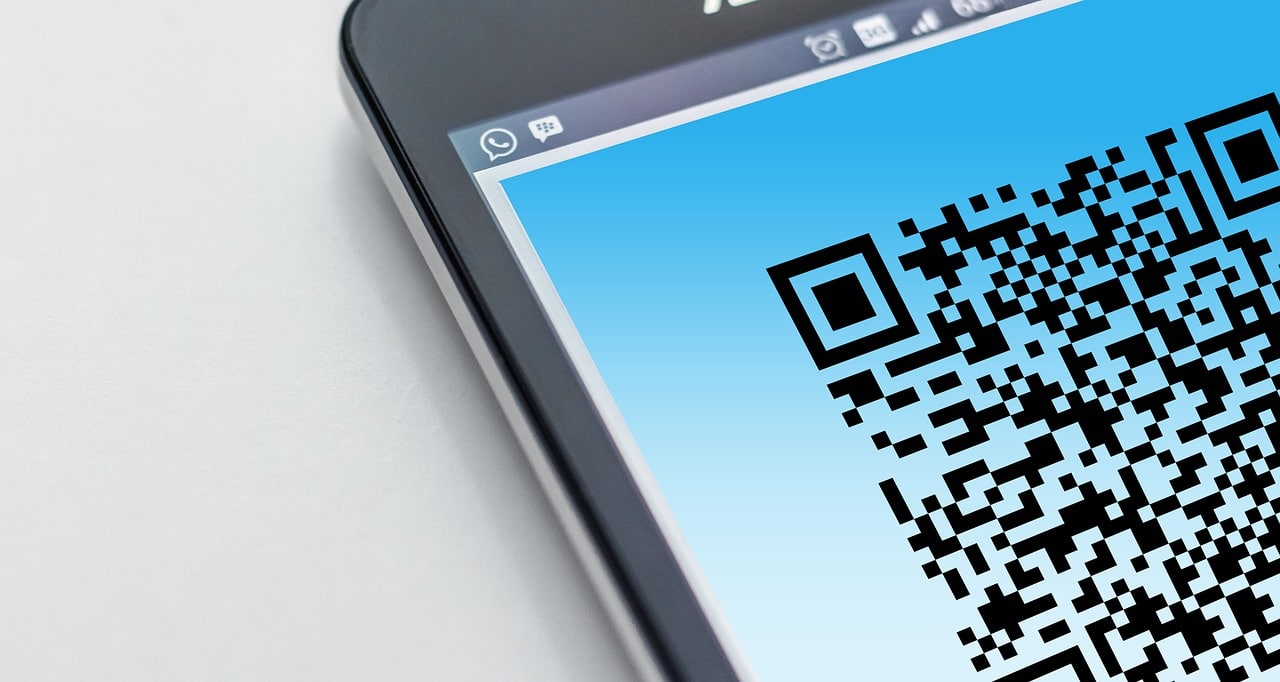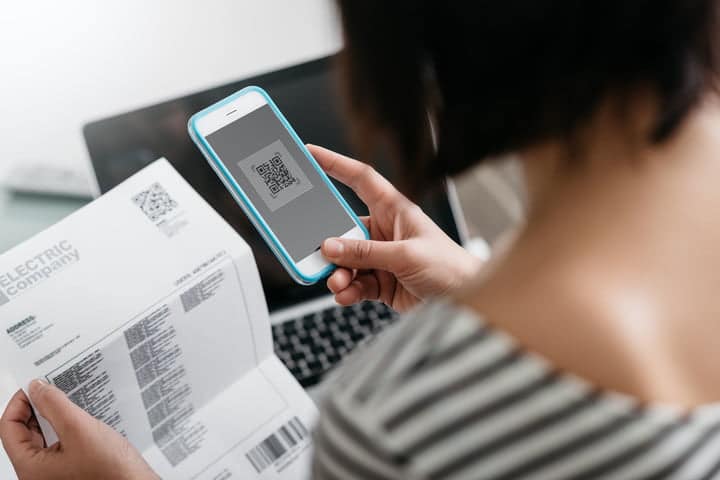Practically everything we buy today is labeled with a barcode. Food items in corner shops, apparel, and accessories, orders on Amazon — the use of barcodes is so ubiquitous that we pay little to no attention to these signs.
However, barcodes had a long way to go before they were adopted for the widest possible use. Most recently, Amazon Go exposed the entire world to the way 2D codes can serve the highest consumer expectations. Let’s delve into the history of barcode evolution until Amazon’s AI and Machine vision technologies haven’t yet turned 1D barcodes in the extinct species of store tags.
In The Beginning There Was The “Bulls-Eye”
In 1952 N. Joseph Woodland was the first to come up with a solution to the problem of tracking stock keeping units (SKU). At that time, retail supply chains were not as unimaginably vast as we have them today. Even so, digitalization was required to facilitate item information lookup, product return, and recall, streamline traceability and visibility of an individual product. That preceded the emergence of the first barcode created in a bulls-eye shape, which could be read from any angle. At that time, this shape was difficult to print out, and any imperfections would cause failures.
IMAGE: ACTIVATE
The “bulls-eye” was prototyped some years before the invention of the miniaturized laser light beam. Woodland applied to IBM to acquire a patent, but his idea was rejected: it seemed impossible to implement the innovation due to the technical reasons.
Bars And scanners
About two decades later, in 1971, George J. Laurer at IBM expanded the idea of creating the Universal Product Code (UPC). He breathed more life into Woodland’s prototype and released black-and-white barcode stripes to be widely adopted with time.
Three years later, the world witnessed a barcode scanner coming into use at Marsh Supermarket, Troy, Ohio (over there, they celebrate this historic occasion even today). The first purchase was made by Clyde Dawson, the head of research and development for Marsh Supermarket, and the first scanned item was a pack of a chewing gum.
IMAGE: PIXABAY
Age Of NFC
The digitalization was going on by leaps and bounds. The proliferating number of mobile owners created incentives for Near-field communication (NFC). This technology enables linking the physical and the digital as close as 20 centimeters or under and powers such services as Apple Pay and Samsung Pay. Back in the year 2014, there was a lot of hype about Apple announcing NFC embedded in iPhone 6. It unlocked a great potential. But despite the ubiquitous nature of smartphones, NFC revealed significant shortcomings that prevented the technology from reigning the field of user experience.
It Is Not Worth That Expenses
For consumer goods manufacturers, barcodes remain much cheaper than NFC tags. The replacement is nonsense from the cost perspective.
Product Design
Different types and sizes of packages impede mobile scanning, and to place NFC tag in a way it would work is not easy. Crafting special packages is time- and budget-consuming.
Customer Comes First
The overall number of consumers using NFC-capable devices is dismal. At the same time, the probable NFC shopping system is not yet proved to be convenient. Are there any strong reasons for consumers to switch to a strange system? No enough, at least. Additionally, NFC-capable devices will come more expensive.
IMAGE: PIXABAY
Anything That Can Be Connected, Will Be Connected
What we had at the down of bare codes, we regard as 1D (one-dimensional) barcodes today. They are commonly used, especially in the retail and e-commerce areas. Concurrently, there are 2D (two-dimensional) codes taking different geometric shapes, like dots and blocks. The latter type contains more information about a scannable item: 1D stores up to 85 characters versus 2D capable of holding over 7,000 characters. And the multitude of such tagged items, when interconnected, shapes the Internet of Things environment. The growth of IoT infrastructure is based on the following factors:
- Possibility to multiple embedded sensors and edge devices
- Ability to successfully manage power for remote devices
- Widespread free Internet access
- Streamlined functioning of LPWAN and the Cloud
- AI, machine learning and deep learning technologies that power advanced algorithms for processing information
Modern mobile devices store different scanning apps including those for barcode recognition. It makes barcodes efficient in building an indoor navigation system. On recognizing a 2D code, a user’s device will be able to identify a current user’s location and then, navigate users to a given point via an IoT-driven retail application. Once being a set of bars to optimize cashiers’ work, 2D barcodes as a retail trend help to ensure the next level of personalization and great in-store shopping experience.
Amazon Is Running The Show
As the indisputable leader in the e-commerce market, Amazon demonstrates to the entire world the way to use barcodes to promote the checkout-free retail concept. Behind the Amazon Go store, there are technologies built to revolutionize the e-commerce. Every store visitor uses the Amazon Go smartphone app, scan a unique QR code to pass through the entrance gates thus logging in.
IMAGE: DIGITAL TRENDS
The computer vision system tracks each item customers pick and buy and automatically charge customers via an app on leaving the store. That is the exact example of using barcodes to win enthusiastic reviews and entice customers to line up to enter the no-line store. To top it all, Amazon was ranked 5 by Forbes on “The World’s Most Valuable Brands” list.
On A Final Note
The history of such widespread notion as a barcode not only provides some engaging insight but makes business owners wonder how to stay up-to-date with the trends in the tech environment. Technologies can help businesses of various sizes to implement IoT- and AI-based solutions. What you need is to look back to learn the experience and to pick the right moment for advancing your business forward.
Author Bio: Katrine Spirina is a technology journalist with software development company OCSICO covering trends in web and mobile development, business intelligence, IoT, data, fleet management and e-commerce. She can be reached at Katrine.Spirina@ocsico.com.
If you are interested in even more business-related articles and information from us here at Bit Rebels then we have a lot to choose from.




COMMENTS